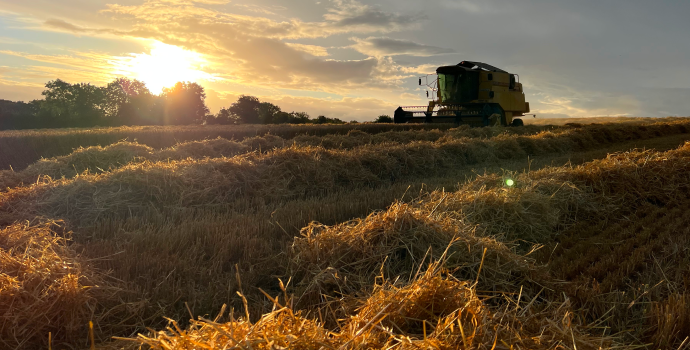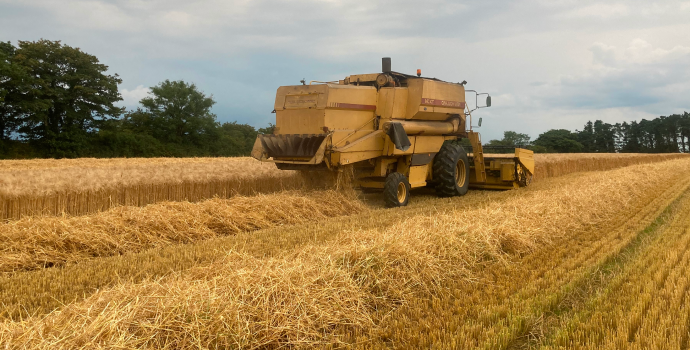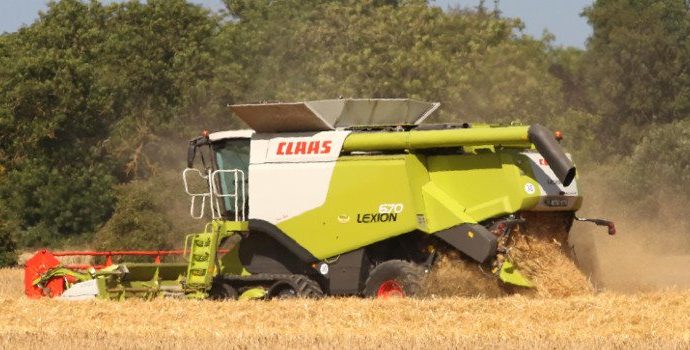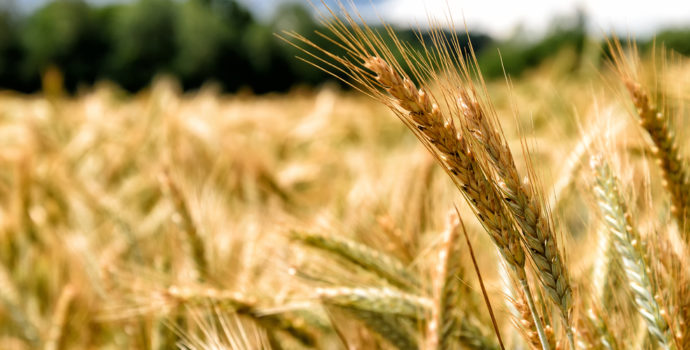Grain Council Report November 2021
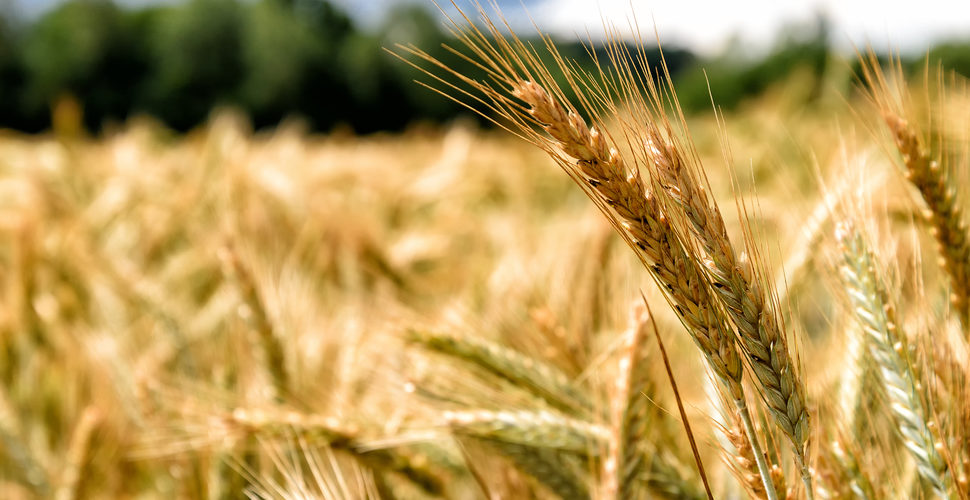
A very benign period of weather from mid – September to mid – October has allowed planting of winter cereals to progress very smoothly. Seed demand is reported to have been good – similar to the autumn of 2018 – but winter barley plantings are perhaps unlikely to reach the level of that season. Early reports from the seed trade also suggest an increase in oat plantings but it is perhaps too early to put a final estimate on the wheat area yet.
Irish Native / Import Dried Feed Prices 08.11.21
| Spot €/t | Jan 2022 €/t | Nov 2022 €/t | |
| Dried Feed Wheat | €280-285 | €280 | €240-242 |
| Dried Feed Barley | €270-275 | €270 | €230 |
| OSR Dry | €650 | €650 | €530 |
| Soyameal | €410-415 | €410 | N/A |
| Maize (Import) | €280 | €275 | N/A |
International Cereal Markets
Native grain prices have further strengthened again during the month of October and into early November on the back of high global demand. MATIF milling wheat passed the significant milestone of €280/t in the last few days of October for the December 21 position. This price is very much seen as a watermark by the market and this last occurred in November 2012. Such high prices for milling wheat typically to demand destruction in major importing countries and GASC tenders from Egypt have been cancelled in recent weeks due to these price levels. However, as of last week, these countries have now been forced to re-enter the market due to a shortage in the quantity of wheat procured to date and this has pushed the market even higher again.
Irish native wheat is trading around €280/t ex store where buyers are in the market. Prices for dried feed barley have also increased from approximately €250/t in early October to around €270 for November.
2022 Wheat
For the longer-term outlook, the current market is very much giving support to 2022 wheat and by extension other cereals such as barley. This is encouraging for producers but the old adage of “high prices cure high prices” could yet come to fruition in 2022. The fundamental driver of the increase in grain prices over recent months has been market fears over global supplies and tightening stock to use ratios. However, if global stocks are not replenished throughout 2022, these high prices will likely remain for longer. On November 9th Glanbia offered growers €240/t for dried wheat in November 2022.
In the short term, a large Australian harvest of wheat and barley is expected in the coming weeks, with production forecast at 33% higher than the 10 – year average according to the Australian Bureau of Agricultural and Resource Economics (ABARES). It remains to be seen what effect this crop Down Under will have on global wheat markets.
Replenishment of global stocks will really only come from large wheat crops in the big exporters and in this context; there are already some concerns over dryness affecting autumn planting in and around the Black Sea region. In central and western Europe, an EU MARS report states that planting progress is good and better harvests in 2022 in France and Germany will certainly help in re-balancing the stocks to use ratio. The winter wheat crop in the USA is said to be in a below average condition heading into the winter so this may provide a further area to watch.
Maize
For maize, the fundamentals remain a little more bearish but a ‘rising tide lifts all boats’ is very much the market sentiment at the present time. Imported maize landed in Ireland is trading in the range of €275-285/t. Freight charges are now are now very significant and are likely influencing the above quotes to a much greater level than pre the Covid-19 pandemic. Substitution of maize with barley in compound feed rations is now much more likely to occur in the UK and Ireland as a result.
The US maize harvest is progressing at a rapid pace in America, with >75 % harvested now according to USDA figures. Back in the summer, markets became nervous over dryness in some Mid-Western states but a significant reduction in yields has not materialised to date and the final average bushels/acre figure isn’t likely to be very far off the big yields produced in recent seasons. Rising oil prices in the USA are pushing demand for bioethanol which in turn is supporting maize prices. A replenishment of global stocks is still set to be highly reliant on the outcome of maize harvest in the southern hemisphere countries of Brazil and Argentina which takes place in the first half of 2022.
Oilseeds
Rapeseed prices continue to remain exceptionally high on the back of heavily reduced global supply in 2021. Paris MATIF rapeseed for December 21 closed as high as €698/t on October 21st. Future prices for August 2022 at the time of writing have surged to €560-€570/t, this means that growers here could now lock in to 2022 crop at likely price levels of €530-540/t. The native winter oilseed rape area looks to have increased to approximately 13,000ha which is a very welcome development.
Soya markets remain comparatively quiet compared to other commodities, but the outlook is bearish overall. Values for imported soyameal are trading at between €410-415/t. Despite a La Nina weather effect in position for Brazil, planting and emergence of soybeans seems to have been unaffected.
Fertiliser
The record – breaking prices currently being charged for various fertiliser products has been widely reported on to date. This will undoubtedly have an effect on crop production globally. Of particular interest in this area will be to see the possible effects on the type of crop planting decisions around the world. In the USA for example, could we see a shift away from maize towards soybeans or even spring wheat in the northern states? In central/western Europe could we see a greater shift away from cereals and into alternatives like pulses or even spring oilseed rape? The next 6-8 months are set to be very interesting period in this regard.

